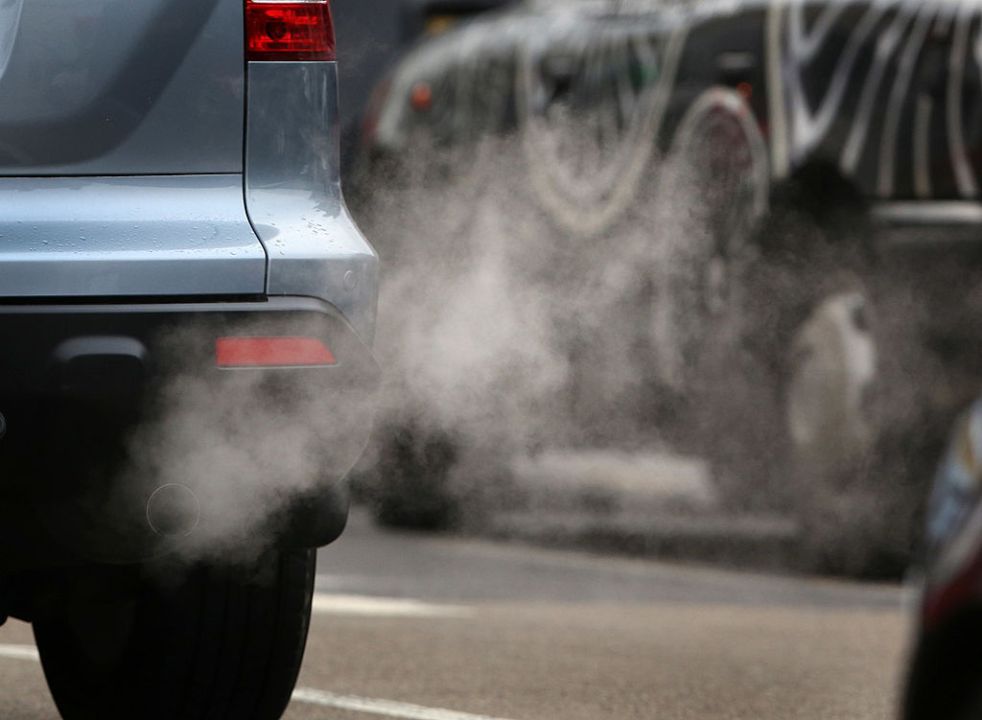The European Court of Justice (ECJ) has ruled that the UK ‘systematically and persistently’ breached EU limits for nitrogen dioxide (NOx) emissions in 16 areas including London, Manchester and Glasgow between 2010 and 2017. It’s a judgement that means, despite Brexit, that a multi-million euro fine may be on its way. The UK is leaving the ECJ behind us; but as part of the withdrawal deal, we have agreed to respect its rulings on cases already in progress – and this one started in 2018.
I’d be wholly in favour of the UK being fined gazillions for our historically appalling emissions – with one important caveat, which I’ll come to. After all, NOx emissions are estimated to have caused 23,500 deaths in one year in the UK. Tragically, this implies that over the period in question, they were responsible for more excess deaths than the current pandemic.
But where did our ghastly NOx emissions come from? Well, everything from coal power plants to domestic gas boilers emits NOx. However, within the urban areas the EU is concerned with, one source predominates: transport.
Diesel is a child of the European Union
For the City of London, for example, nearly 70 per cent of NOx emissions came from its roads. And the primary source of NOx emissions on our roads has been diesel cars, which historically emitted ten times more NOx than their petrol equivalents in real world tests.
Diesel is a child of the European Union – and I don’t only mean in the sense that its brilliant inventor was a German. A potted history: until the 1970s, apart from diesel trucks, diesel taxis were almost the only diesel cars on the road. Then, following the 1973 oil crisis, France decided to eliminate its dependence on foreign oil imports by building up to 80 nuclear power stations. Simultaneously, European citizens began replacing oil-burning domestic boilers with grid-supplied natural gas models. The oil market shifted: by the early 1980s, Europe’s oil refiners – a third of which were state-owned – had a big problem: too much heavy oil distillate, too few customers.
In response, the first diesel passenger cars emerged in Europe in the late 1970s, such as the VW Golf diesel in 1976, offering a glacial 0-60mph time of 19 seconds, but autobahn-munching fuel economy. 1982’s Peugeot 205 GRD – developed after France reduced fuel duty on diesel – had an engine 15 per cent lighter any previously diesel.
The diesel car market began its growth trajectory – by the early 1990s, 10 per cent of European new car registrations were diesels. And diesel’s manufacturers – all European, initially – lobbied the EU to help them grow.
The EU obliged, ensuring that emissions legislation focused on carbon dioxide emissions (lower in more fuel-efficient diesels) instead of poisonous NOx emissions: 1997’s Euro II legislation permitted diesel engines to emit up to 40 per cent more NOx than petrol ones; the subsequent Euro III regime in 2000 allowed diesels to emit over three times more NOx than petrol engines. And diesel’s NOx ‘advantage’ over petrol continued throughout the period covered by the ECJ case.
With wind in its sails from EU legislation, and lower fuel duties, the European diesel car market took off – diesel’s market share in UK cars was 50 per cent at its peak in 2015. Yet outside the Single Market, with modest exceptions in India, South Korea and Turkey, diesel was an abject market failure. The cars were heavier, more expensive, plus many countries understood the threat from NOx emissions. By 2016, 70 per cent of global diesel car sales were within the EU’s Single Market, thanks to the EU’s protective framework. In most cities outside Europe, there were few diesel emissions to worry about.
Then, of course, came the lies. Sadly for Europe’s car manufacturers, new generations of EU commissioners wrote far tougher emissions legislation. Complying would have been ruinously expensive, so a number of manufacturers – most infamously Volkswagen – instead began installing software cheat devices in cars to reduce their reported emissions.
The UK was the one of the greatest victims: by 2015, the UK had 1.2 million VW Group emissions-cheating diesel cars registered, second only to VW’s home market, Germany. In 2018, the UK government’s former chief scientific advisor, professor Sir David King, said Europe’s car companies had ‘blood on their hands’.
Much of the poison from NOx emissions in UK cities that the ECJ case objects to had, in turn, been generated by doctored European-built diesel vehicles – diesel itself being a failed, NOx-spewing European project which almost no major economy outside the EU had ever truly embraced.
So the UK’s response to the ECJ should be: recompense us properly for every illegal diesel sold in the UK and the deaths they caused, and we’ll pay your fine. A fair balance of payments would see many millions of euros travelling in our direction.







Comments